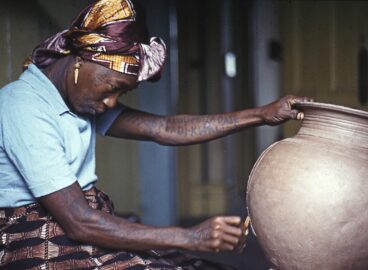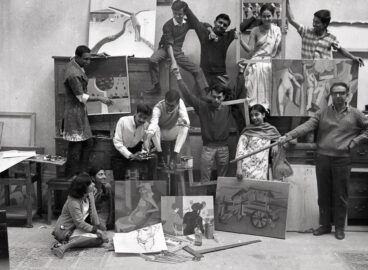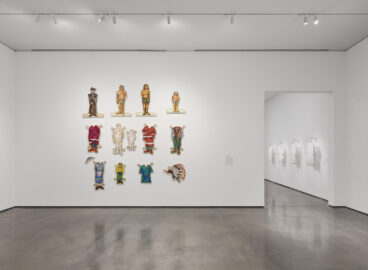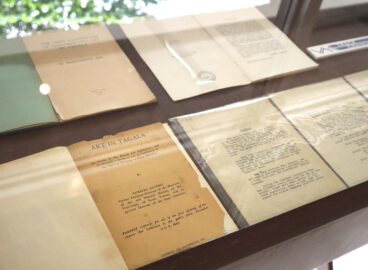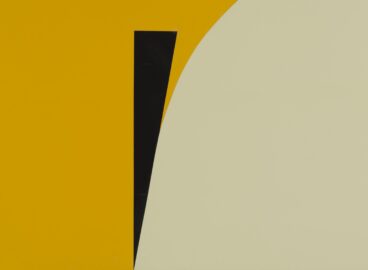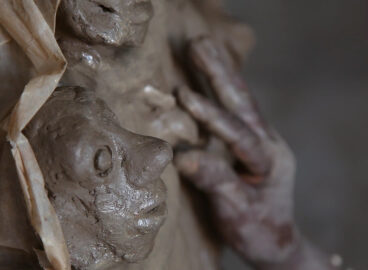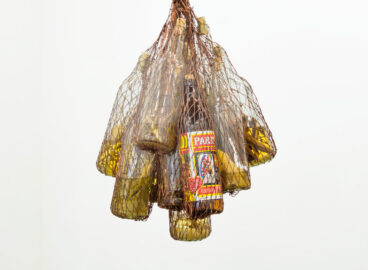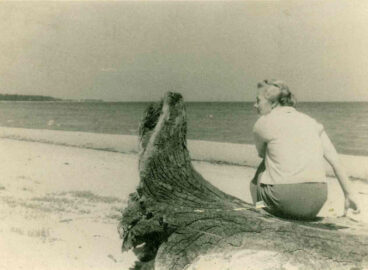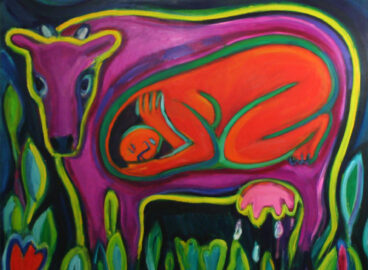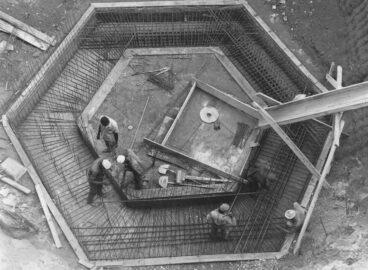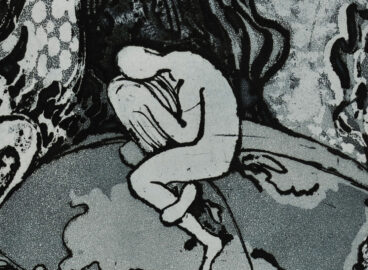Pots, Mastery, and the Enduring Legacy of Ladi Dosei Kwali
Born in the village of Kwali, Ladi Dosei Kwali (1925–1984), the pioneering Nigerian potter, grew up in a family in which it was the norm for women to make pots for practical use and sustenance. Although it was customary for mothers to teach this skill to their daughters, Kwali learned pottery from her aunt. She…
